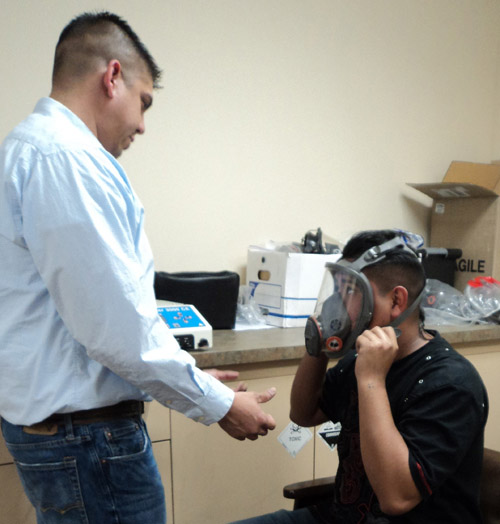
Fit Testing: NIOSH Affirms OSHA’s Annual Fit-Test Requirements
A study published by NIOSH has affirmed the need for OSHA’s requirement for annual fit-testing for filtering facepiece respirators and other tight-fitting respirators.
In its study, NIOSH followed 229 subjects over three years’ time, making fit and physical characteristic measurements every 6 months. It was found that after one year, 10% of the subjects had changes in fit. In two years it was 20%, and in the third year, it was up to 26%. OSHA’s intended threshold for fit changes, when it made its rules in 1998, was 7% annually.
NIOSH also found that subjects who had lost 20 or more pounds had respirator fit changes. The greater the weight loss, the higher the chance that the respirator fit changed. Thus, NIOSH recommends those persons who lose 20 or more pounds get priority fit-test scheduling, even it is less than a year since their last fit-test.
In addition to weight loss and gain, other events such as dental changes, facial scarring and cosmetic surgery can affect respirator fit as well.
If your company has a group of employees who need their required annual fit-testing and/or their required annual respiratory protection refresher training, iSi can help! iSi can conduct both qualitative and quantitative fit testing. Request a price quote here.
Note: NIOSH’s study can be found at: https://blogs.cdc.gov/niosh-science-blog/2016/01/05/fit-testing/